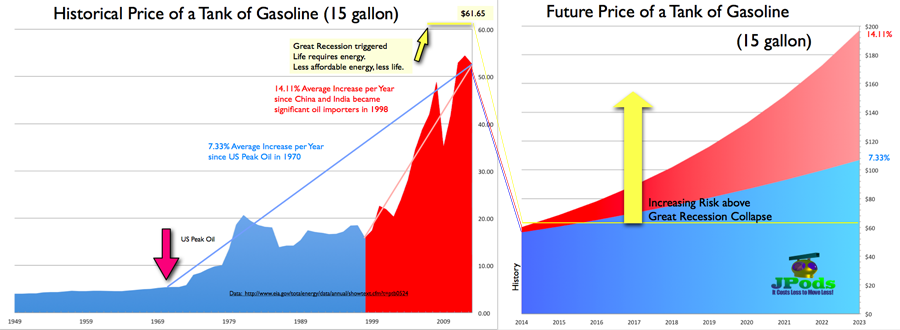SMAAASH, March 03, 2017
Rails, are used in the Mall’s amusement facilities with wonderful results.
Following are illustrations of SkyRide, JPods, Wuppertal, Dormond, Morgantown, and self-driving cars. JPods and SkyRide are essentially self-driving cars suspended from overhead rails. It is this grade separation that radically increases the safety over car transport.
MOA_Radisson_Station from Bill James on Vimeo.
Kitty Hawk Network:
The Wright Brothers flew 120 feet and changed the world. Kitty Hawk Networks are commerical grade examples of how traffic congestion, pollution, accidents can be solved. There is a lot of buzz today about self-driving cars. Self-driving cars are important digital devices. JPods digitizes the networks into the Physical Internet®.
SMAAASH Kitty Hawk Network 20170426 from Bill James on Vimeo.
Amusement:
The Mall may benefit by having SkyRide incorporated into if features. SkyRide has received a second order from Carnival and was recognized as the “Best Cruise Ship Feature of 2016”.
Mobility within the Community
Rail networks can be applied network the Mall of America economic community. The following video illustrates connecting to the east side overflow parking. NOTE, the vehicles are multi-colored, they are all orange in these images to make the them more visible.




Previous efforts with the Mall of America
Previous agreements to build at the Mall of America. This was before we created the Solar Mobility Act to manage the regulatory framework. Without a known cost of regulation, the agree faded.

Efforts were made to get Congressional support for a means of regulation innovation. But no action resulted. The Solar Mobility Act was created from this experience. Congressman Oberstar was the Chairman of the House Transportation Committee.

Travel Times:
Route-Time Maps are created by JPods software that calculates the number of vehicle, travel times, and capacity of networks. This networks connects the local hotels in Bloomington. It would be beneficial to connect to the airport, but crosssing jurisdictions might complicate initial implementation. Once networks start to be deployed, barriers to Rights of Way access are expected to diminish. Link to software for designing in 3D and calculating RouteTimes. Link to summary of the Prime Law of Networks, “Value explodes exponentially with membership, while this value explosion sucks in more members.”. The more we deploy solar powered mobility networks, the more businesses must be connected to such networks.

Capacity:
If stated safety margins are maintained in cars, then each rail of a JPods network has the carrying capacity of a 12-lane highway at 30 mph. This increases if speeds are increased.

Even when there is a large increase in demand, such as the arrival of a batch of people on the light rail line, no one waits more than two minutes. Adding a second level could further reduce wait times. People often wait more than 2 minutes for a train or bus.
Stations:
Stations are accessible regardless of age or ability.
Energy:
Solar collectors mounted of JPods rails gather 5 megawatt-hours per mile, per typical day. This is about 40,000 vehicle-miles of power.

Increase Disposable Income:
JPods networks cut the cost per passenger mile by 90%. As networks spread, families will go from two cars per family to one, increasing their disposable income by about $8,698 (AAA cost of car ownership). Increasing disposable income, increases money for retail shopping.
The long-term price of gasoline will hurt retailers the next time prices ratchet higher.

Safety Based on Theme Park Standards:
Theme parks have a safety record of 4.5 injuries per million versus 106 deaths per million for DOT. By governing networks by ASTM International F24 standars, existing enforcement, insurance, and common law can be applied.
Capital Investment and Source of Return on Investment:
Following is a graph of costs per passenger-mile as published by Massachusetts DOT. Connecting the east side overflow parking does not create a payback directly. But it does remove the fear that causing governments to delay adoption. By building a Kitty Hawk Network at the Mall of America, we create a tourist attraction to an already desired destination and remove the barriers to Rights of Way. Expanding the network to the entire economic community results in the payback required to capitalize much larger networks.
Kiva Systems provides an example of the Return on Capital. They are applying robots to move pallets in warehouses. They converted a $33 million investment into a $775 million sale to Amazon (link). More background on Kiva.
Similar Networks:
Morgantown’s Personal Rapid Transit network opened in 1975 as an example of how American cities can be independent of foreign oil. In the 1974, the Congressional Office of Technology published study PB-244854 on the benefits expected in Morgantown with the warning that “institutional failures”, not technical or cost issues would be the great barrier to overcome.
Despite averageing 476 ton-miles per gallon efficiency, the same “institutional failures” resulted in the bankruptcy/abandonment of nearly half the freight railroads since The Federal-Aid Highway Act of 1956.
In 2010 an independent audit of the PRT network illustrates it has a payback every 5 years when compared with buses.
Benefits experienced at Morgantown 2 years after the network opened.
The suspended trains in Wuppertal, German is a tourist attraction. It carriers 25 million passengers per year. It has had on fatal accident since it opened in 1903. The difference between this train and JPods in packet size. JPods have a radically small, family size packet. This cuts the infrastructure and operating costs 90%.

